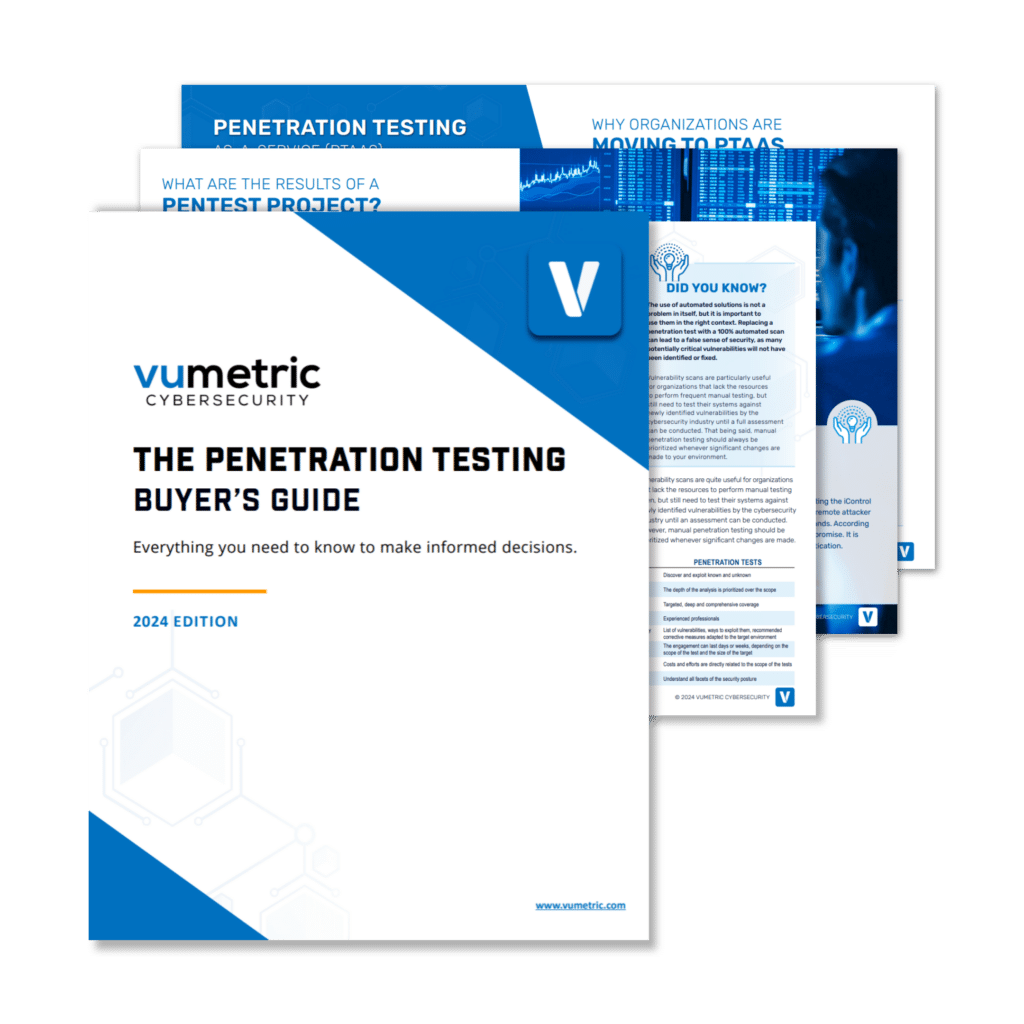In today’s interconnected world, the potential for cybersecurity risks is omnipresent. Understanding how to measure and mitigate these risks is critical for organizations of all sizes. This article explores the main technical standards used by cybersecurity professionals to measure cybersecurity risks and the various types of assessments used to measure these risks.
Technical Standards Used to Measure Cybersecurity Risks
There are several technical standards that cybersecurity professionals utilize to measure cybersecurity risks. These standards help organizations assess the severity of vulnerabilities and guide them in prioritizing remediation efforts.
Common Vulnerabilities and Exposures (CVE)
The CVE is a widely-used system that identifies and catalogs publicly disclosed cybersecurity vulnerabilities. A CVE ID is a unique identifier given to each vulnerability, offering a standardized method for security vendors and researchers to share information. It measures cybersecurity risks based on two main criteria: the ease of exploitation of the vulnerability and how accessible the vulnerability is.
Common Vulnerability Scoring System (CVSS)
CVSS provides a way to capture the principal characteristics of a vulnerability and produce a numerical score reflecting its severity. The scores range from 0 to 10, with 10 being the most severe. The CVSS score can help organizations prioritize their remediation efforts based on the severity of the vulnerabilities discovered.
Common Attack Pattern Enumeration and Classification (CAPEC)
CAPEC is a comprehensive dictionary of known attack patterns that can be used by analysts, developers, testers, and educators to advance community understanding of attacker tactics and techniques. It provides a standardized method for categorizing and describing individual unique attack patterns.
To ensure the highest level of protection for your organization, consider enlisting the help of penetration testing experts who are adept at using these technical standards to identify and remediate vulnerabilities.
Types of Assessments Used to Measure Cybersecurity Risk
The types of cybersecurity risk assessments that an organization may require depend on what needs to be assessed and the threats they need to protect against. Here are some of the most common types:
- Enterprise-Level Cybersecurity Audit: This is a comprehensive evaluation of an organization’s entire cybersecurity, identifying any weaknesses and prioritizing the required improvements to mitigate the most significant risks of a breach.
- Web Application Penetration Testing: This assessment is the most effective at identifying vulnerabilities in web applications that could be exploited by attackers, with the aim of remediating these vulnerabilities before they can be exploited.
- External Network Penetration Testing: This involves identifying vulnerabilities in an organization’s external network infrastructure that could be exploited by attackers.
- Phishing Simulation Testing: This involves simulating phishing attacks to educate employees about the risks and help them recognize and respond appropriately to real phishing attempts.
- Ransomware Readiness Audit: This involves assessing an organization’s preparedness for a ransomware attack and recommends improvements to prevent system takeovers and encryptions.
To understand which assessments are most appropriate for your organization, consult with a cybersecurity expert. You can contact us to discuss your needs and how we can help secure your organization’s digital assets.
Conclusion
Understanding how to measure cybersecurity risk is crucial in today’s digital landscape. By using technical standards such as CVE, CVSS, and CAPEC, organizations can identify and prioritize vulnerabilities. Additionally, conducting regular assessments like enterprise-level cybersecurity audits, web application penetration testing, external network penetration testing, phishing simulation testing, and ransomware readiness audits can further help in identifying vulnerabilities and preparing for potential attacks. In doing so, organizations can strengthen their security posture and safeguard their valuable digital assets.
Remember, cybersecurity is not a one-time task, but an ongoing process that requires constant vigilance and proactive measures. For a more detailed discussion on how to measure cybersecurity risks and to understand which assessments might be most beneficial for your organization, you can contact our team of experts. We also recommend checking out our enterprise-level cybersecurity audit services to gain a deeper understanding of how a comprehensive audit can protect your business.
Take the Next Step in Cybersecurity Risk Management
Don’t leave your organization’s cybersecurity to chance. Start measuring your cybersecurity risks today with the help of professionals who specialize in penetration testing and risk management. Contact us to discuss your needs and how we can assist in securing your organization’s digital future.
Remember, the first step in managing cybersecurity risks is understanding them. The information in this article is a good starting point, but every organization’s security needs are unique and it’s important to conduct a comprehensive assessment to understand the current state of your cybersecurity posture and immediate actions that need to be taken.




